I feel it’s about time I aired an ongoing concern that has been boiling away inside me for a very long time. Those who have benefited from my consultations already might have heard it. It is about a collection of paraphrased quotes that make my eyes roll whenever I read or listen to them. As soon as I do, I want to walk away because it can be tiring listening to such levels of ignorance, especially if the ignorance is compounded with an underlying antagonism or unwillingness to evaluate the evidence without bias.
Here are some of the quotes to which I am referring:
“Why would you want to use an oil additive when oil manufacturers spend many millions on R&D getting it perfect?”
“There is no need to modify that X part on my Y vehicle because manufacturers spend millions on R&D and testing to get it perfect, etcetera, etcetera.”
“If that fuel additive were any good, it already would be in use in our fuels.”
If you subscribe to any of the above, you are the perfect consumer of many of these companies; you are a marketing department’s dream. This is said with all due respect, and I mean that sincerely. I will provide you with some food for thought though, and hopefully, it will shed some well-overdue light on this subject.
I’ll address the last quote first.
If fuel companies already use the latest and greatest technologies, then why do most of them sell premium versions of their own fuel?
Last year, a fuel additive dealer that we know very well lost a contract to provide a complete fuel additive package to a fuel distributor in the Netherlands. The distributor was looking to provide premium diesel fuel to its customers. The deal was lost to a competitor with a lower-performing product.
So what was the issue? From the limited feedback, it is understood that the fuel economy gained from the catalyst in the product was too high at around 5% and around twice that of the competitor product. They both provided cleaning, protected fuel systems, handled water contamination, etc. However, the MPG gains meant the distributor would lose money, even with the extra money charged for the premium fuel. The release of innovative technology is often balanced against strict economic criteria, targets, and other similar constraints.
There was genuine intent to provide a better product, but it had to fit in with an agreed-upon financial model. It is the same reason companies that PURCHASE energy or maintenance are interested in fuel and maintenance-saving technologies. At the same time, companies that SELL energy or maintenance (or parts) can’t wait to kick you out of the door. That is if you manage to get through it in the first place.
Two years ago, an extremely, VERY well-known manufacturer of diesel fuel system parts, injectors, high-pressure fuel pumps, and so on sent a memorandum to all of its dealers and garages outlining the risks of fuel additives and indirectly prohibiting their use. This manufacturer said fuel additives will cause damage. Granted, some additives don’t deliver results as stated on the tin, but I have yet to see fuel system parts damaged from their use. Unsurprisingly, there are many reports of injector and pump damage from using poor quality fuels, contaminated fuels, and hence fuels that are not treated with high-quality additives.
Let’s look at the second quote.
It is an interesting one, to say the least, and often parroted on automotive forums/discussion boards across the globe. I believe it is only partly accurate, so I will attempt to correct it.
“Vehicle manufacturers spend millions in R&D and testing to make vehicles the best they can be, WITHIN A DEFINED CRITERIA AND STRICT BUDGET.”
Of course, vast sums of money are spent on vehicle technology and development, but manufacturing quality and component durability are constrained by budget.
Firstly, technologies already exist to make a standard family car last for 20+ years, 500,000+ miles, and without any major failure. The problem is that a basic family car would cost Ferrari money to buy. Who would pay £100,000+ for an uber-reliable family hatchback?
Secondly, the marketing departments know very well that 99% of their customers have no intention of keeping their cars for five or even ten years, hence there is no market for such a car. Consumer tastes change, and people like to update their vehicles.
This keeps vehicles at “affordable” prices. To produce a car that no one wants or can afford would be commercial suicide.
Then there is the servicing and repairs, from where the actual revenue comes. If a vehicle needed few or no repairs, the initial purchase price of a car would jump even further because manufacturers and franchised dealers would have to make up for that lost revenue stream. The use of additives and modified parts interferes with this business model. Again, this has nothing to do with conspiracy – it is basic economics.
Let’s look at automatic transmission manufacturers as another example. Now, I am not suggesting they deliberately engineer transmissions to fail at 100,000 miles, but they certainly don’t engineer them to last hundreds of thousands of miles. Why? Because they couldn’t afford to buy them within the budget that had been set. Car manufacturer ‘A’ is not going to go to transmission manufacturer ‘B’ with a requirement for a transmission that is robust for say, 250k miles, when most vehicles will never reach anywhere near that mileage anyway. Most manufacturers provide a standard three-year, 60,000-mile warranty for a reason. It is common in the trade that a conventional auto gearbox (with torque converter), on original lifetime oil is a ticking time bomb once it hits the 100,000-mile mark. The number of double clutch transmissions that fail much earlier is staggering.
There are exceptions to this rule. An example would be the Bugatti Veyron. When the CEO set out the criteria for that car, the designers and engineers were liberated from the usual financial restrictions. The primary criterion was to design and build a 1000-horsepower car using the best technology available regardless of cost. And what was the result? They created a car that, despite its tremendous power output and complexity, will probably go on for years without fault. And what was the result for Bugatti (or Volkswagen if we wish to be pedantic)? A car that sells for around £1,000,000 yet costs almost £5,000,000 to make. Clearly, this is not a sustainable business model for a mainstream manufacturer. But you get the idea.
Now, onto the first quote. Obtain the best or most expensive off-the-shelf oil you can find and I will improve that oil’s lubricity and extreme pressure rating within minutes by fortifying the additive pack. I can even reduce wear metals considerably over and above the best oil you can lay your hands on. I am not talking about the high-end branded £50 gallon of “fully synthetic” oils, but the specialist £25-30 per litre genuine, fully-synthetic (actual PAO/Ester based) oils. How can this be?
Firstly, oil manufacturers do not have a monopoly on the latest technologies. Many of the patents in this arena are owned by smaller private companies.
Secondly, a high-end £50 gallon of “synthetic” oil probably contains less than £5 worth of raw ingredients. When you factor in the sales margin of the manufacturer, master distributors, distributors, and retailers, £5 turns into £50 when it reaches the shop shelf. There is nothing unusual about this.
Now look at the cost of base stocks. We buy genuine, fully-synthetic Ester and PAO base stocks by the drum loads and the trade price is around £4-£6 per litre. Include the additive pack, blending process, packaging, and other factors and you will end up with oil that costs £10+ to make. Pro-rata, that equates to over £100 on the shop shelf. But who is going to pay that price?
The same principles that applied previously also apply here in that the same budget constraints exist with the manufacturing of engine oil.
Thirdly, most major oil manufacturers buy the ingredients and additive packs rather than make their own. There are two major suppliers in the world that supply the majority of additive packs to mainstream oil brands. You might have heard me mention this before in other articles, but I will repeat it again here for those who haven’t. If you visit the largest automotive shows or mechanic-orientated shows in the world, you will find hundreds of different oil brands. I guarantee that only a small percentage of these are genuine manufacturers. So much oil is rebranded, and if you care to look closely, you will discover that the oil market is just one huge marketing competition. Some of these marketing budgets make R&D budgets look like a petty cash pot.
Finally, and this is an important one. The various oil standards can actually restrict what you can and cannot do with oil. This can result in consumer lubricants that are inferior by design. For example, consider low SAP (sulphated ash) oils. Many of the good properties in these oils have been removed and replaced with more expensive yet inferior alternatives. When you are in the business and actually speak to the “right” people within the mainstream oil companies, some will openly admit to using cheaper technologies. The two main justifications are as follows: A. The market is not ready for the latest and greatest nano technologies and B. We must keep costs down in order to be COMPETITIVE. Please understand that many oils are designed to meet specifications created by certain institutions (that I care not to mention in public), rather than designed to be the best, performance-wise. There is a difference!
Did you know that if you committed to a minimum order quantity, you could go to a variety of companies and order virtually any current spec oil you wished with your own brand design, and it would be on your doorstep within weeks? But try asking them to blend a new, innovative and superior technology into the oil and you are politely shown the door.
It does concern me when I can take a pure 20W PAO base stock combined with a high quality oil additive like AR9200 or Velosyn, no polymers so a fixed 20 weight hot or cold, no additional HTHS additives or dispersants, and so forth, and create an oil that complies with virtually none of the strict specifications, and yet it outperforms some of the best synthetic oils available, per regular metal spectrographic and TAN/TBN tests.
Welcome to oil economics.
If you require any advice or help then please don’t hesitate to contact us.



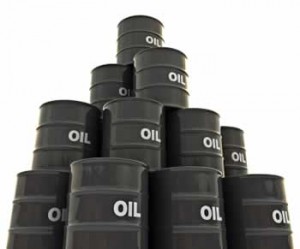
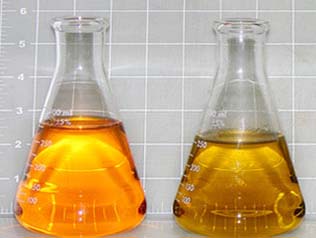
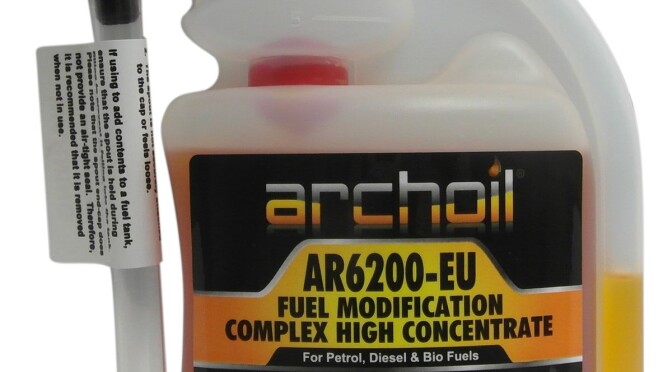
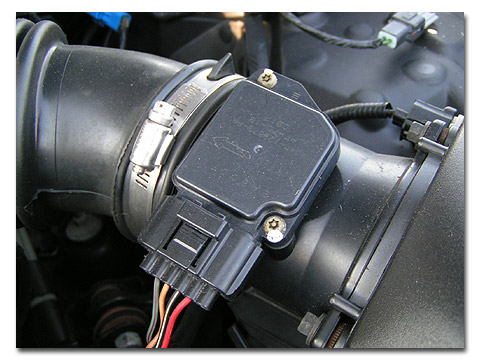




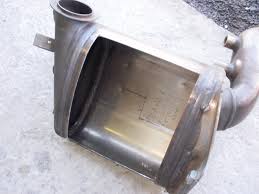
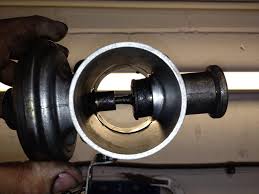
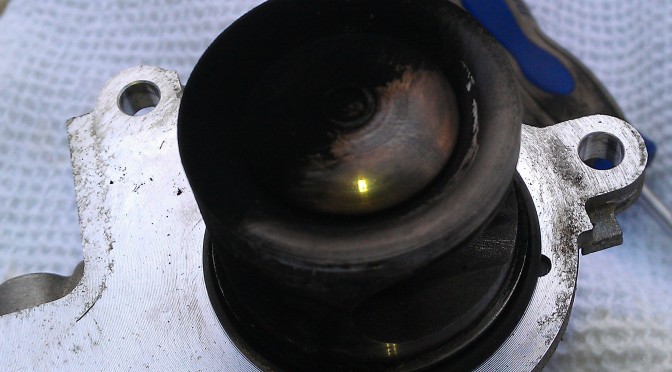

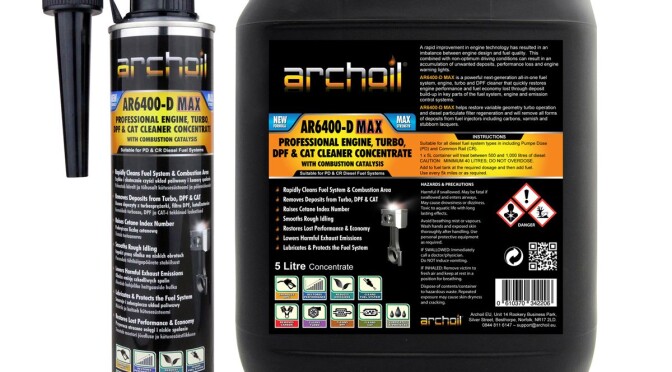



 categories
categories